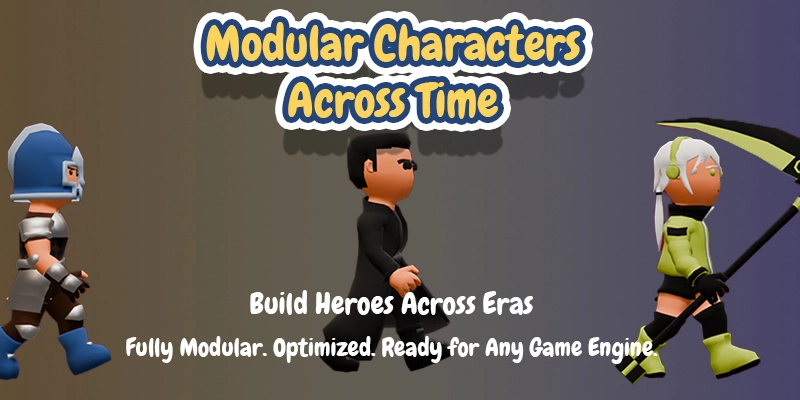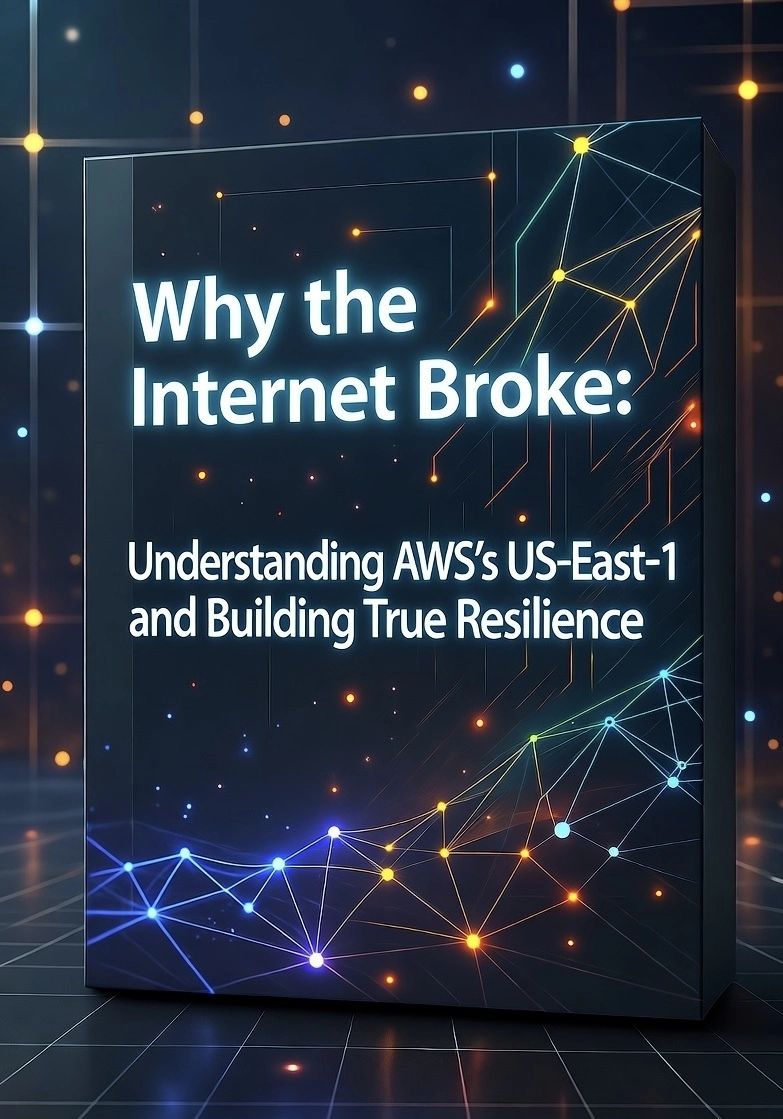The Hidden Productivity Hack for Indie Devs
If you’ve ever tried building a game solo or with a small team, you know how quickly your to-do list explodes — code, design, animation, environment art, sound… and somewhere in there, you’re supposed to “make assets.”
That’s exactly where most indie devs hit a wall. Creating every single 3D model from scratch sounds great in theory — until you realize it’s eating up 70% of your production time.
That’s when I started exploring game dev asset packs, especially low-poly 3D assets. What began as a quick fix turned into one of the best workflow upgrades I’ve ever made.
Why Game Dev Assets Are a Lifesaver
Game assets are not just “shortcuts” — they’re powerful building blocks that let you move from idea to prototype in hours instead of weeks.
Using pre-made assets helped me:
- 🧩 Prototype faster — I could block out levels and test gameplay without waiting for art.
- 🎨 Stay consistent — low-poly styles make everything cohesive, even with modular kits.
- ⚙️ Focus on game design — less time modeling, more time building mechanics.
And since most low-poly packs are light on textures, they run smoothly on mobile, WebGL, and PC, making them ideal for indie games.
The Case for Low-Poly Style
Low-poly design isn’t just nostalgia — it’s an art form. By stripping down details, you highlight what really matters: shape, color, and readability.
For devs like me who value performance and fast iteration, low-poly assets hit the sweet spot between style and efficiency.
That’s why I started creating and releasing my own low-poly 3D packs — each one modular, lightweight, and easy to customize. They’re made for Unity, Unreal, and Godot, with simple materials and clean topology that just work.
Lessons from Making My Own Asset Packs
When I began modeling my own packs, I wanted them to feel professional but easy to use — like building blocks for creativity.
Here’s what I learned along the way:
- Keep models modular — so devs can remix parts.
- Use a limited color palette — it keeps the visuals unified.
- Test everything in-engine — scale and pivot points matter more than you think.
- Optimize for Mixamo — for quick rigging and animation setup.
These small details make a huge difference when you’re dropping assets into your game scene.
The Real Win: Focus on Gameplay
At the end of the day, what sells a game isn’t how many polygons it has — it’s the experience. Pre-made assets give you back the time to polish gameplay, write better stories, and iterate on mechanics.
If you’re working on your first indie title or your next jam project, give yourself permission to use assets that speed up the creative process. You’ll be amazed how much further you can go.
Explore My Low-Poly Packs
If you’re into clean, stylized worlds and want assets that just plug and play, you can explore my growing collection here:
👉 My Low-Poly 3D Packs on Itch.io
Each pack is crafted for indie developers who value speed, simplicity, and style. They’ve helped me (and others) bring ideas to life faster — hopefully, they’ll help you too. I’m also open for commissions for any custom requests.
Save time, boost creativity, and keep performance smooth with low-poly 3D assets built for indie developers.
TL;DR
- Game dev assets save you hours of modeling.
- Low-poly 3D assets are perfect for indies — fast, lightweight, and beautiful.
- Focus on gameplay first — art should support it, not slow it down.
- My low-poly packs are available on Itch.io for anyone building stylized games.



